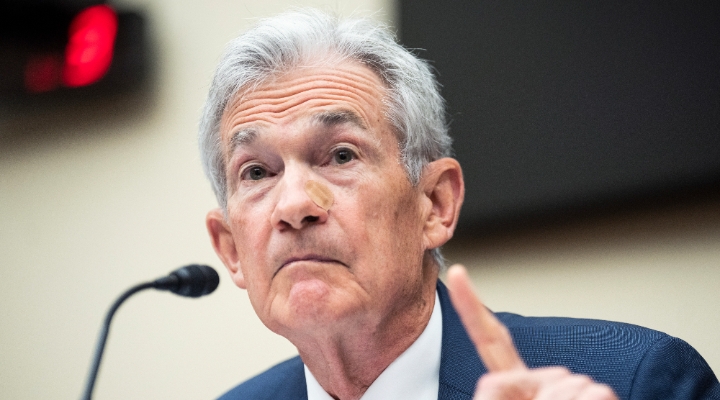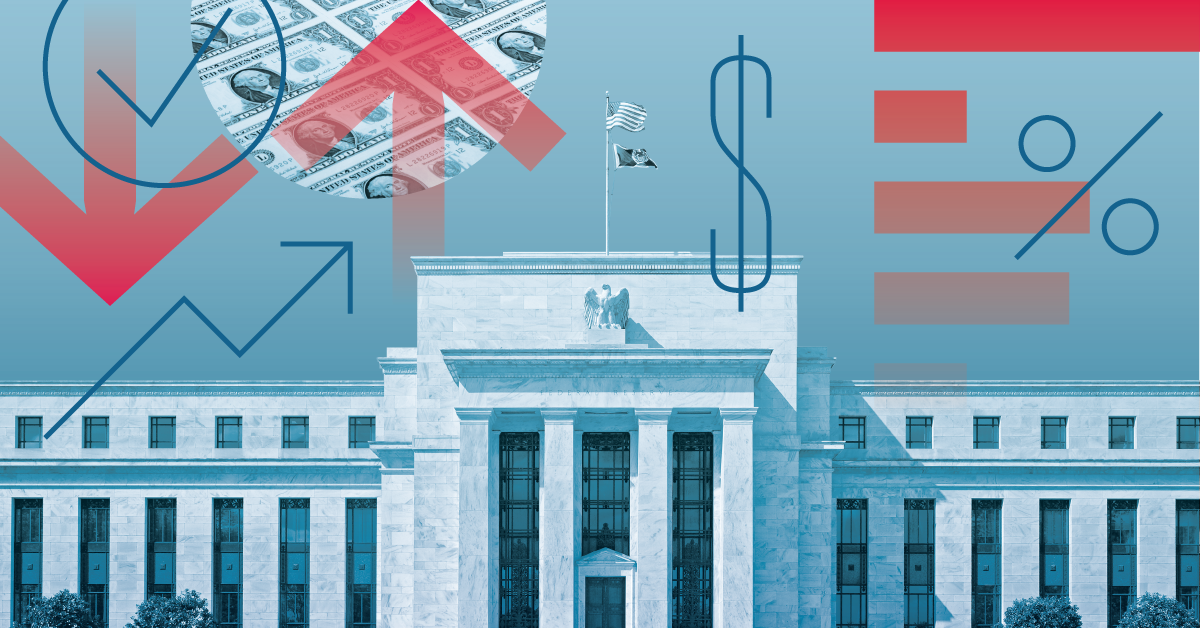.jpg)
When the Bank of Canada announces its latest decision on interest rates Wednesday, the question for investors is how much rates will come down, not if.
“We’ll see a continuation of the normalization of monetary policy, [since] rates are too high and the Bank of Canada knows it,” says Jules Boudreau, senior economist at Mackenzie Investments
At the central bank’s September meeting, officials emphasized the two key risks to inflation: a slowing job market and still-elevated wage growth. The economic data since then shows the job market has strengthened very slightly, but wages and prices have decelerated significantly. “The Monetary Policy Report accompanying the October decision will probably highlight decelerating inflation, and in it, the Bank will trim its inflation forecasts for the rest of the year and next year,” Boudreau says.
In addition to a widely anticipated rate cut, market participants expect the Bank of Canada to share its sentiments on falling inflation.
Penelope Graham, a mortgage expert at Ratehub.ca, notes the focus will pivot to whether consumer price index growth is too sluggish, and if the central bank plans to be more aggressive with rate cuts to counter the risks of a recession. “The policymakers are also expected to offer insight on how the recent job market growth and geopolitical economic risks have informed their decision on rates,” she says.
Is a Half-Point Cut Still on the Table?
The market has broadly priced in another rate cut on Oct. 23. However, the size of the bite remains a matter of speculation.
“We look for the Bank of Canada to cut its policy rates by 50 basis points at its meeting this week,” says Jimmy Jean, chief economist at Desjardins Group. He stresses that conditions for a jumbo-sized cut – anemic economic growth despite the blistering pace of population growth, along with stubbornly soft business activity and consumer spending -- have been in place for some time.
Jean contends that inflationary risks are limited, with many measures of underlying inflation having normalized. “In fact, risks to inflation now appear to be skewed to the downside, [which] means that a 50-basis-point reduction in October makes sense.” He adds the bar for a subsequent jumbo cut could be high. He expects the central bank to return to 25-basis-point reductions beginning in December on the way to bringing “the policy rate down to a trough of 2.25% in 2025.”
Graham is also firmly in the camp favoring an oversized rate cut. “Following the latest September Canadian inflation report, which showed CPI is now below the Bank of Canada’s 2% target, it’s increasingly likely the central bank will cut rates by half a percentage point, rather than stick to its usual quarter-point cadence,” she argues.
Macroeconomic Factors Will Play Into the Bank’s Decision
The Governing Council’s language in its announcement may hint at the size and frequency of rate cuts in the coming months.
Inflation’s progress is the crucial factor dictating the decision. Other important considerations are the direction of US monetary policy, as well as inflation and job market strength south of the border. “Overall GDP, which could be on track for just 1% growth in the third quarter, will also be closely examined to see how early recessionary effects are impacting Canadian consumers,” says Graham.
The Bank of Canada closely tracks another key variable: unemployment data. “We’re not seeing outright job losses, but the labor market is clearly not keeping up with the growth in prime-age population,” says Boudreau.
The unemployment rate still sits a percentage point above year-ago levels, with job openings shrinking sharply in September, per RBC’s recent economic commentary. Moreover, the Business Outlook Survey and the Survey of Consumer Expectations, both released last week, show continuously declining confidence and expectations for the Canadian economy. “The Bank of Canada tends to put a sizable weight on these surveys when taking rate decisions,” Boudreau notes.
A struggling Canadian economy has already prompted the central bank to lower interest rates ahead of many of its peers. Since June, it has delivered three consecutive 0.25% cuts, but that’s failed to stem the economic decline. These factors have prompted RBC economists to forecast not one but two 50-basis-point cuts before the year is out.
To start with, “The Bank of Canada is expected to accelerate the pace of interest rate cuts with a 50-basis-point reduction to the overnight rate to 3.75% from 4.25% on Wednesday,” says an RBC note to investors.
However, Boudreau argues that while the Bank of Canada should (and probably will) opt for a larger 0.5% cut, Governor Tiff Macklem “will avoid signaling large rate cuts for the future, emphasizing data dependency.”



















